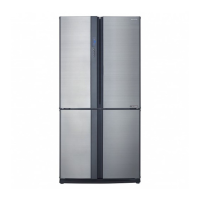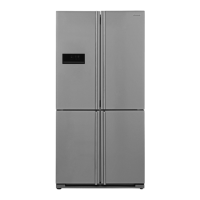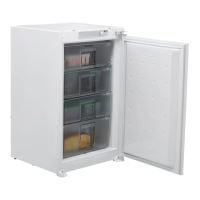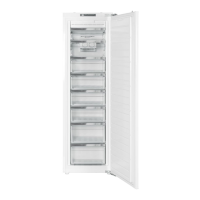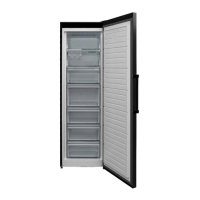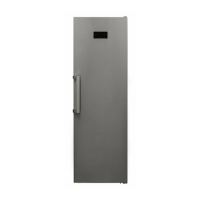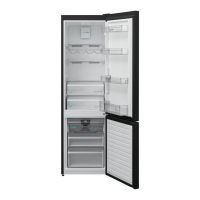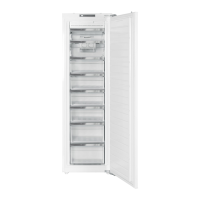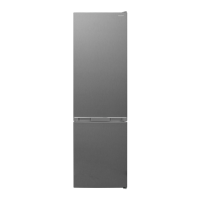SJ-WS320T-S
19
4. PRECAUTIONS FOR USING LEAD-FREE SOLDER
1) Employing lead-free solder
The PWB of this model employs lead-free solder. This is indicated by the "LF" symbol printed on the PWB and in the
servicemanual.Thesufxletterindicatesthealloytypeofthesolder.
Example:
2) Using lead-free wire solder
When repairing a PWB with the "LF" symbol, only lead-free solder should be used. (Using normal tin/lead alloy
solder may result in cold soldered joints and damage to printed patterns.)
As the melting point of lead-free solder is approximately 40°C higher than tin/lead alloy solder, it is recommend that a
dedicated bit is used, and that the iron temperature is adjusted accordingly.
3) Soldering
Asthemeltingpointoflead-freesolder(Sn-Ag-Cu)ishigherandhaspoorerwettability,(ow),topreventdamage
to the land of the PWB, extreme care should be taken not to leave the bit in contact with the PWB for an extended
periodoftime.Removethebitassoonasagoodowisachieved.Thehighcontentoftininleadfreesolderwill
cause premature corrosion of the bit. To reduce wear on the bit, reduce the temperature or turn off the iron when it is
not required.
Leaving different types of solder on the bit will cause contamination of the different alloys, which will alter their
characteristics,makinggoodsolderingmoredifcult.Itwillbenecessarytocleanandreplacebitsmoreoftenwhen
using lead-free solder. To reduce bit wear, care should be taken to clean the bit thoroughly after each use.
Indicates lead-free solder of tin, silver and copper
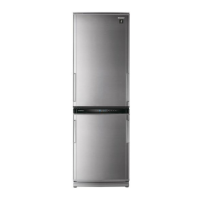
